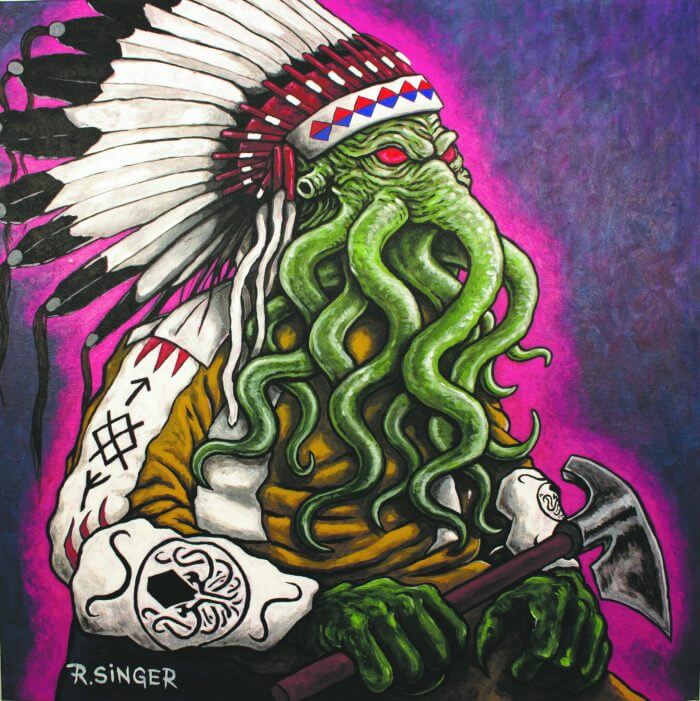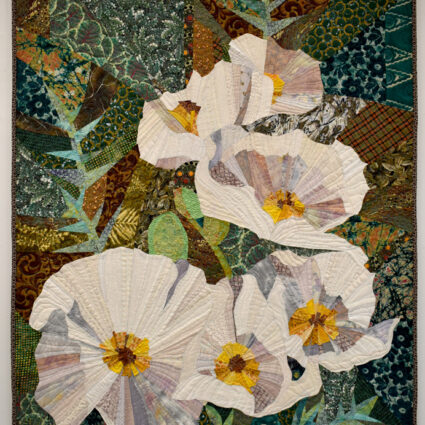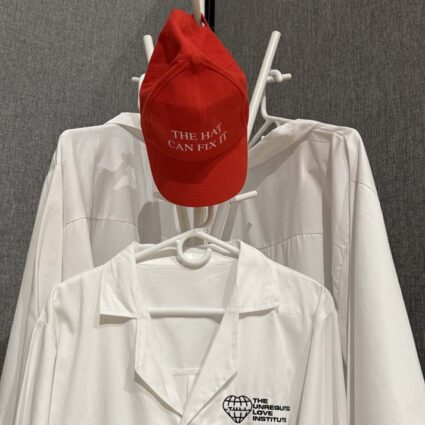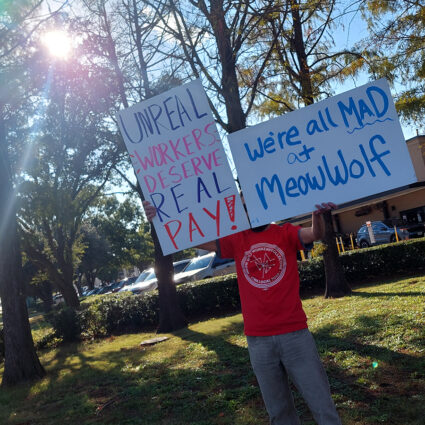form & concept. Santa Fe
November 11 – December 31, 2016
A recent exhibition at one of Santa Fe’s truly contemporary galleries conveyed a tenet of what makes an art space in Santa Fe “contemporary” in the first place. The word is largely misused—by myself and everyone else I know—because we haven’t yet come up with a more suitable term; “contemporary” has become shorthand for a phrase that indicates something “relevant to an up-and-coming sensibility based in emerging realities, as opposed to a more traditional mainstream culture.” That phrase, and other, longer ones, might more accurately describe what it is that, in my opinion, qualifies form & concept as a very good contemporary gallery. A few simple rules will suffice:
- The boundaries between “high” and “low” art have been permanently erased from curatorial considerations.
- Art should be provocative. There are unlimited ways that this can prove true, but I’ll suggest subject matter that challenges notions of cultural unity as one of our definitions of provocation.
- The gallery shows work by emerging artists as a matter of course and conviction.
- It’s difficult to pin down just what the gallery is “about” and much easier to say what it is not.
form & concept hit all four of the above characteristics with one of its most recent exhibitions. Native Realities: Superheroes of Past, Present, and Future (November 11-December 31, 2016) featured comic-book style art by emerging and established Native artists who use the genre to reveal identities that pivot between history, the realities of being indigenous in the United States of America, currently, and the prospective realities of generations to come.
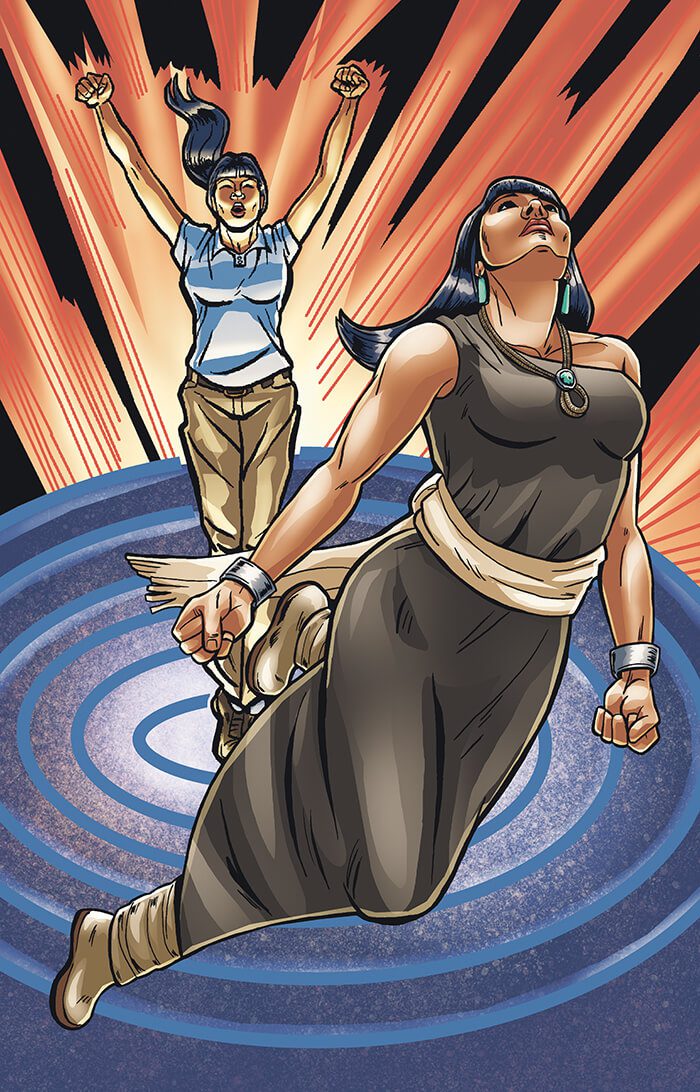
So often Native folks are never shown having a sense of humor, and being funny is important to my work.
The images in Native Realities bring to mind the provocations endured by the water protectors at Standing Rock in the #NoDAPL environmental controversy. Many of the artists in the show directly referenced Standing Rock; in particular, Weshoyot Alvitre, whose NoDAPL drawing of a weeping young woman has become a popular meme on social media; Arigon Starr’s Super DAPL hearkens back to the humor and heart of Sherman Alexie’s 1998 movie Smoke Signals; and Ricardo Cate’s Heroes of Standing Rock 1 and 2 could have been cut straight out of the pages of the Santa Fe New Mexican, where he has a daily comic panel, Without Reservations. Other artists reference pop culture, from Star Wars to the myth of the Hero Twins (Ryan Singer). Some artists conjure their own heroes, as in the ceramic Tee Bird girl by Kathleen Wall and Jonathan Nelson’s drawings of Frybread Warriors. Starr could be speaking of any and all of the artists when she says:
“So often Native folks are never shown having a sense of humor, and being funny is important to my work. There is a lot of social consciousness evident in [the character] Super Indian, but disguised in humor. You can look at it as satire or parody—but underneath the yuks, it’s great to explore issues of identity, community and how Native folks are perceived.”
In a smaller room next to the exhibition, viewers encounter a collection of works by young students and their teachers at Zuni Pueblo. The vision of the project was “to work with Zuni public school teachers to develop project-based curricula [in this case, comic books] from a cultural perspective.” The comic books by the younger members were colorful, appealing, and engaging. Even more stirring was a poster that listed the Zuni school code, which included such all-too-often disregarded basics as “We will respect one another” and “We will think before we act and consider the consequences.” Can you imagine a world in which these principles were taught in every school and home?
I can, too. And while I can’t say exactly what form & concept is up to art-wise, the evidence indicates that they curate according to a philosophy of life that reflects inclusivity and integrity. In this exhibition, we got schooled by the kids at Zuni Pueblo, and I’m grateful.
